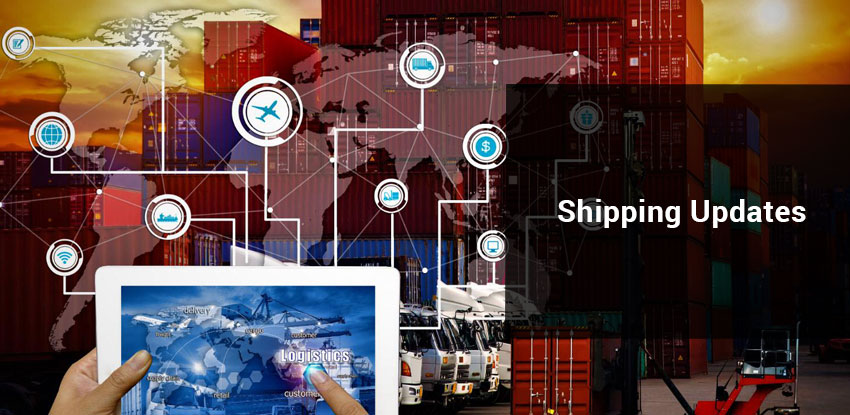Hutchison Ports Secures Four-Year Enterprise Agreement
Hutchison Ports has signed a new four-year Enterprise Agreement with unions, securing operational stability across its terminals through to 2029.
The agreement, reached swiftly to minimise supply chain impacts, includes an 18.25% pay rise, a ban on automation, and greater flexibility to align labour with shipping arrivals.
VICT Signs Four-Year Enterprise Agreement
Victoria International Container Terminal (VICT) has signed a new four-year enterprise agreement with local unions, securing operations until March 2029.
The agreement, reached without disruption, delivers improved employee benefits, operational flexibility, and long-term industrial certainty, providing stability for shipping lines, freight forwarders, importers, exporters, and logistics providers.
This positive outcome ensures continued safe, reliable, and efficient container handling at the Port of Melbourne.
MUA Condemns DP World Automation Plan, Warns of Job Losses and Supply Chain Disruption
The Maritime Union of Australia (MUA) has strongly criticised Dubai Ports World’s plan to automate its four Australian container terminals, arguing it will eliminate hundreds of wharfie jobs without improving productivity.
The union warns the proposal will strain supply chains, disrupt port operations, and hurt trucking companies and the wider community.
MUA officials emphasise that automation should only proceed by agreement and with clear community benefits, asserting DP World’s plan primarily serves to cut labour costs and boost profits for overseas shareholders.
The union is demanding no job losses, no pay cuts, and consultation on any AI or automation rollout, highlighting wharfies’ decades-long track record of driving productivity gains.
Global Port Congestion Hotspots
Global ports are experiencing widespread congestion and delays due to a combination of vessel bunching, adverse weather, labour shortages, and ongoing maintenance projects.
North China ports are particularly affected, with Shanghai, Ningbo, and Qingdao are currently facing vessel waiting times of 2-5 days.
Southeast Asian hubs such as Singapore, Port Klang, and Manila report congestion of 5–10 days for traffic to Australia.
European ports including Antwerp, Le Havre, Hamburg, Rotterdam, and Genoa are also struggling with high yard utilisation, rail issues, and labour constraints, contributing to multi-day delays.
Israel’s Haifa port faces additional security risks as Houthi warnings target vessels linked to companies calling at Israeli ports.
Ports in Australia and New Zealand are currently experiencing congestion and delays due to a combination of adverse weather, congestion and vessel bunching.
In Australia, Sydney and Fremantle report average waiting times of 24 – 48 hours, with operations affected by temporary port closures.
Other major Australian ports, including Brisbane, Melbourne, and Adelaide, are also seeing minor delays as vessels queue for berths.
In New Zealand, key ports such as Auckland, Lyttleton, Nelson, Tauranga, Napier, Port Chalmers, and Timaru are facing similar disruptions, contributing to extended turnaround times and impacting regional supply chain efficiency.
Adverse weather remains the main driver of temporary port closures and operational disruption in Australia and New Zealand.
China Southern Airlines (CZ) Boosts Sydney-Guangzhou Services
China Southern Airlines is increasing its Sydney-Guangzhou flights to four per day during the 2025/26 summer peak, the highest frequency ever on the route.
The expansion adds 74 return flights and nearly 44,000 seats, offering passengers more choice, better connectivity, and seamless one-stop connections to major Chinese cities.
Operating on the Boeing 787-9 Dreamliner, the move also supports tourism growth and new export opportunities for NSW businesses, marking a milestone in the airline’s 25 years of Sydney operations.

